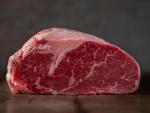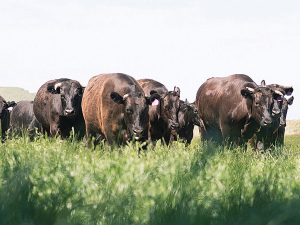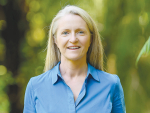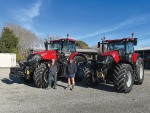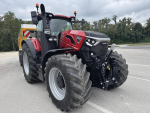El Nino seems to be setting farmers up for a cold spring, according to MetService.
Meteorologist Georgina Griffiths says September will likely bring more storms with winds from west south-west and lower pressures over the country. MetService predicted a cold August and that has materialised.
Griffiths told Rural News the temperatures over the past few months have been a shock and it’s been a long time since New Zealand has had a winter like this temperature-wise.
“It’s probably been about five years since we have had temperatures like this in the North Island. In the South Island June was patchy and the temperatures swung; it was bitterly cold with snow in late April and May and into the start of June.
“July was cold again for the South Island. We had a very high incidence of frosts in the North Island and in much of the South Island.”
Griffiths says rainfall-wise it’s been mixed with parts of Canterbury only recently getting its first good rain in a long time. It’s been sopping wet in Otago Southland, and Manawatu has also had a rough time with heavy rain. Northern regions have been relatively dry though sometimes patchy.
Overall it’s been dry in the east and wet in western regions.





